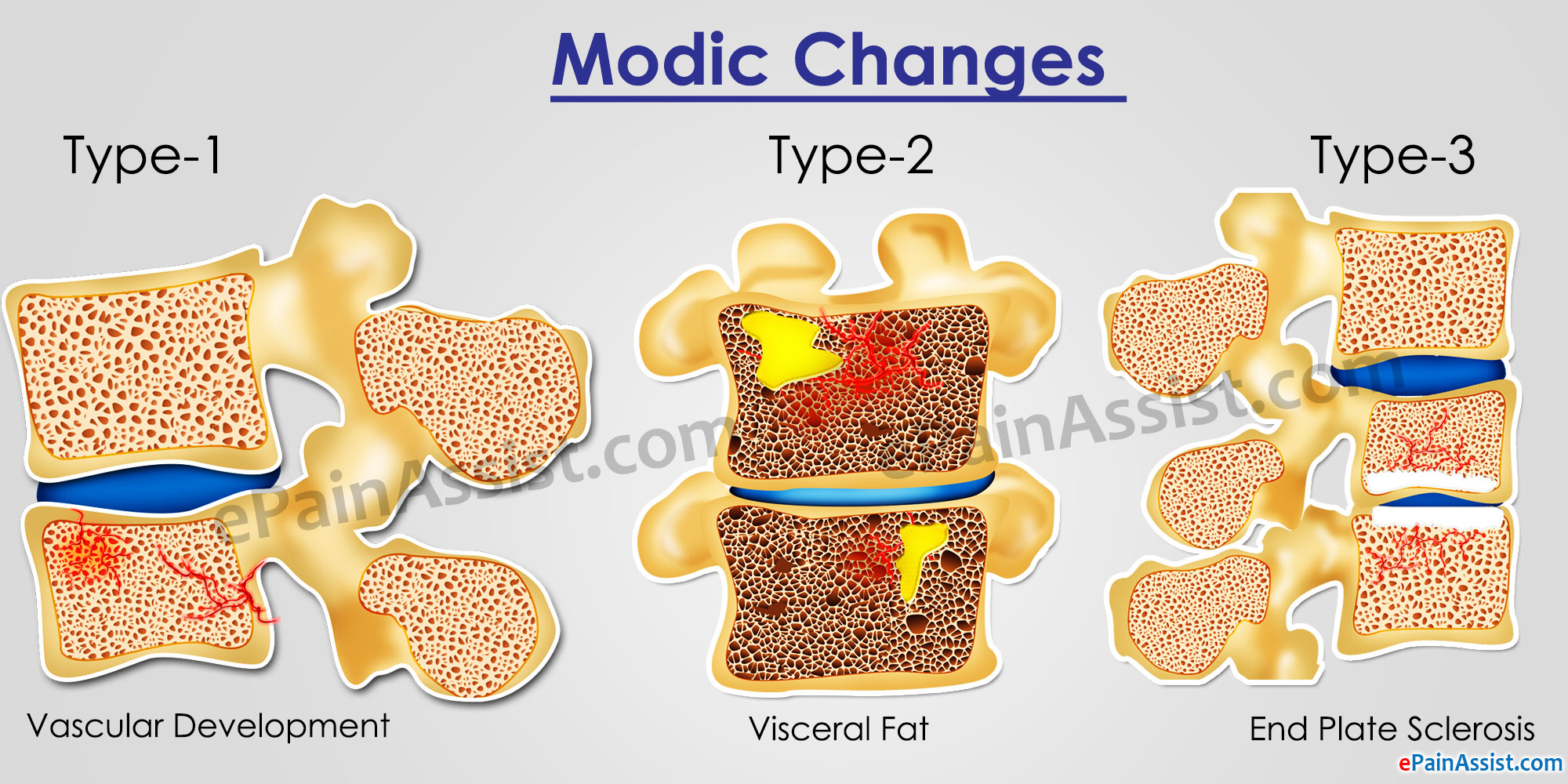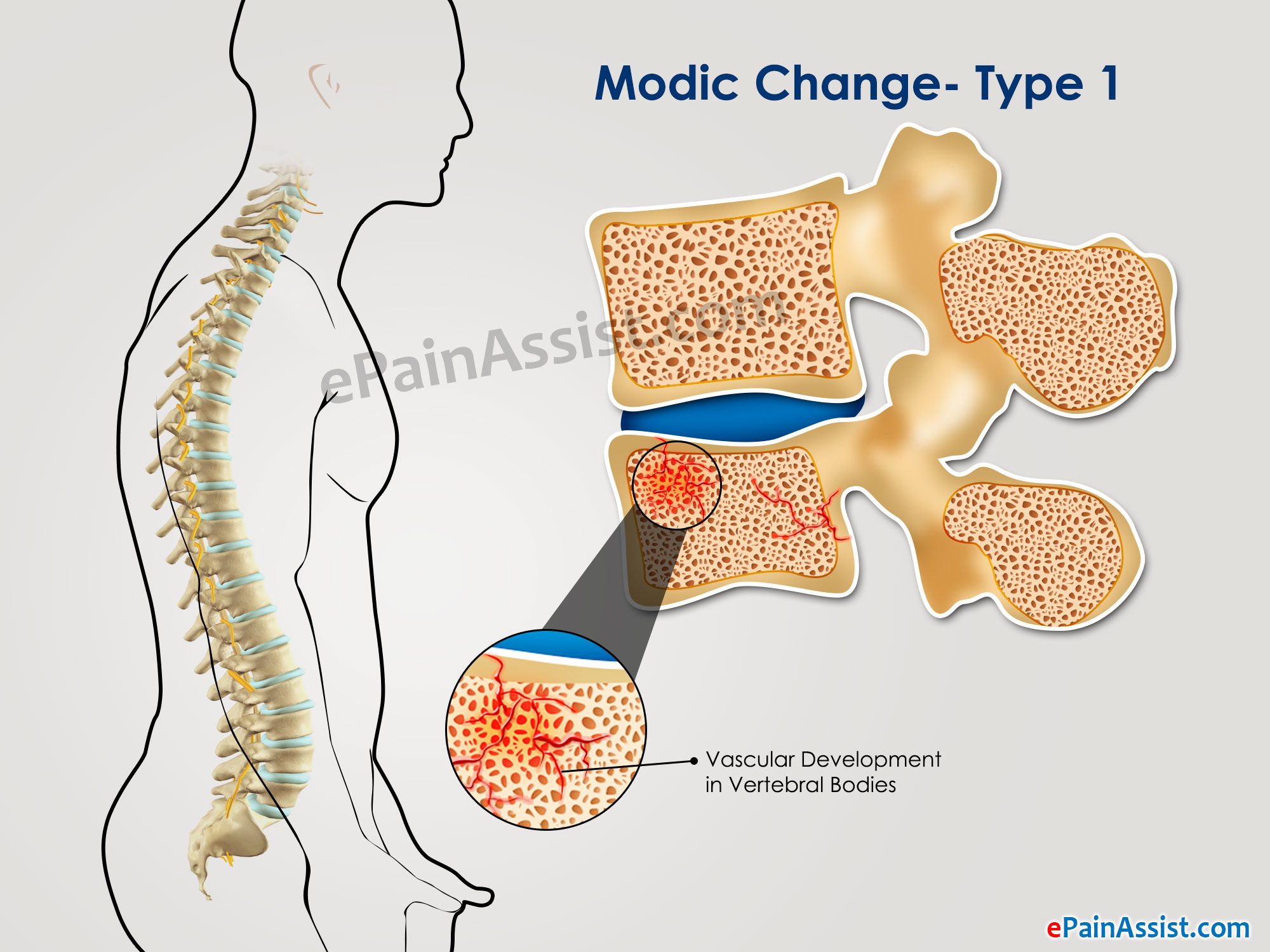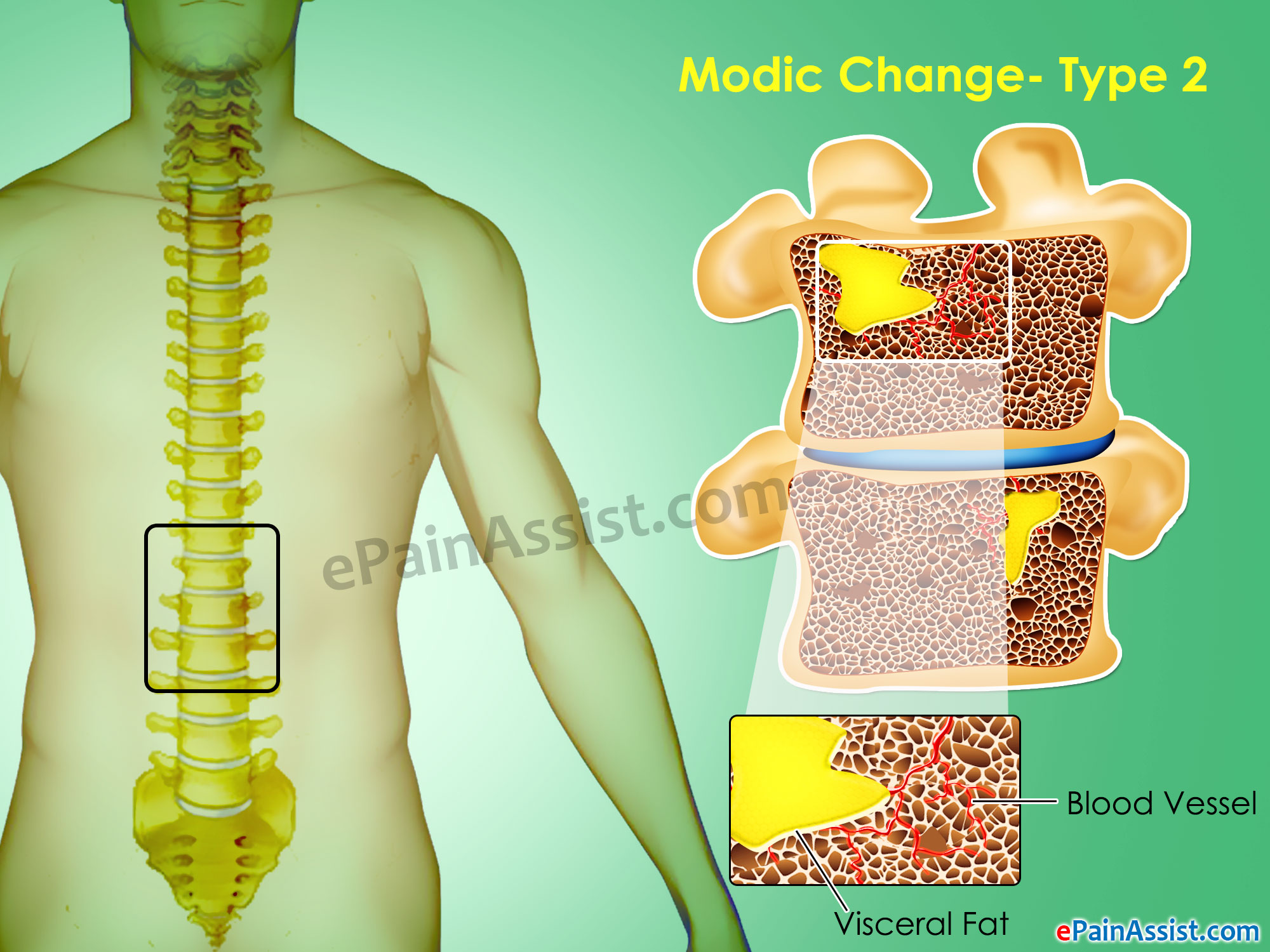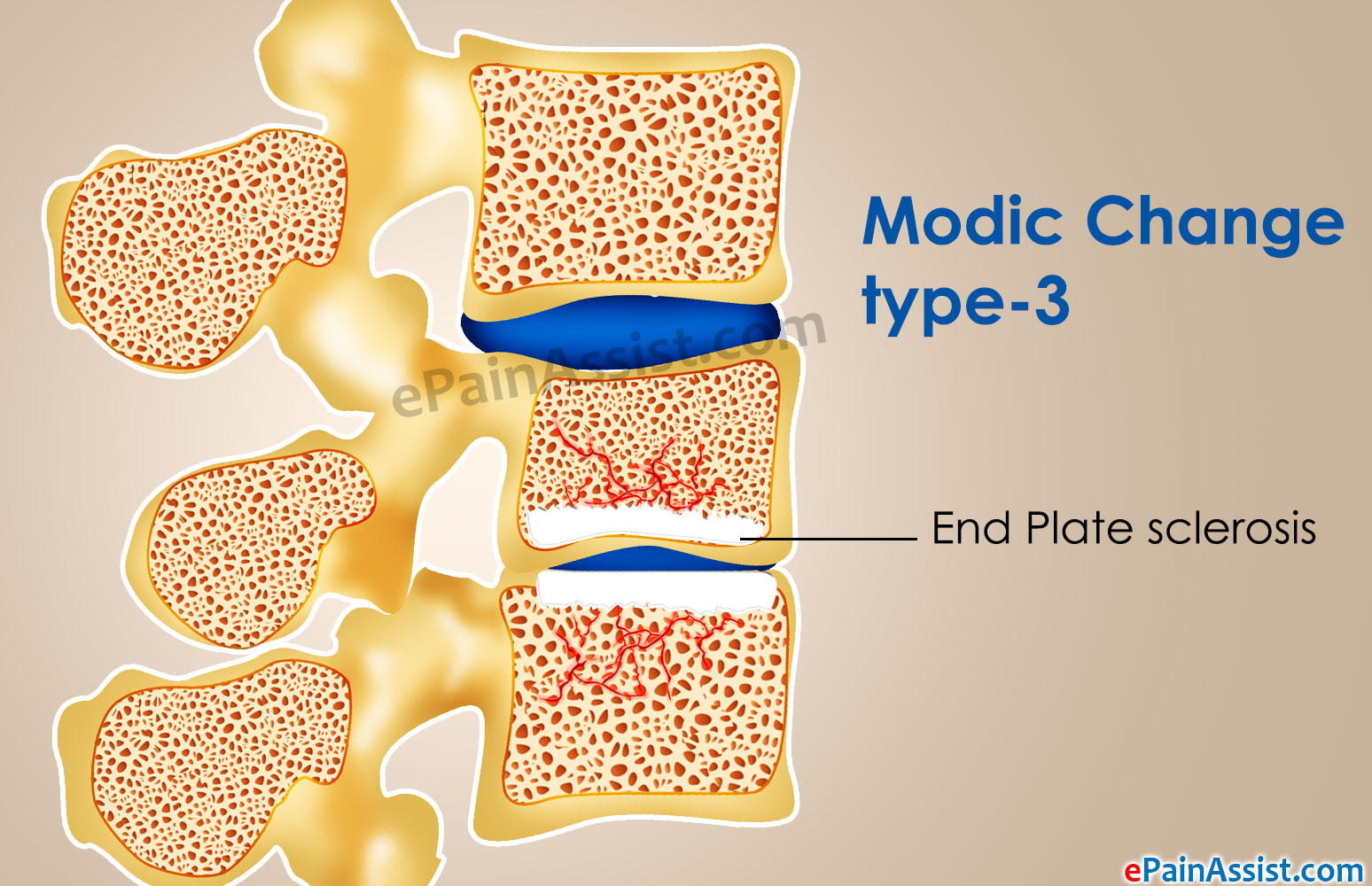What Are Modic Changes?
Modic Changes are the name given to pathological changes that are present in the bones of the spine and vertebrae. Modic changes of vertebrae and disc were first analyzed and described by Dr. Michael Modic in 1988. The changes were later on modified in three types depending on progression of the disease. These changes can be seen only on MRI scans and can occur in the vertebra as well as endplate of the neighboring discs. Modic Changes is a disease process, which is associated with spinal inflammations that have not been extremely effective to normal treatments. Modic Changes are also associated with inadequate healing and recurrent disc herniation. There are usually three types of Modic changes namely Type I, Type II, and Type III. In type I Modic changes, there is a rapid, unstable and destructive form of spinal degeneration more often than not caused by bacterial infections.
Significance of Modic Changes on Back Pain
Modic changes are one of the leading causes of low back pain after spinal stenosis or disc herniation. Studies suggest that there is a strong relationship between Modic changes and back pain, especially Modic change type I. Studies also suggest that people with Modic changes are suffering with specific symptoms than individuals who have back pain due to other conditions. Citing an example, more than 80% of people with Modic changes have constant and unrelenting back pain meaning there is not even a single pain free moment whether it is day or night. In some cases the pain may be so severe that it may interfere with the sleep of the individual to an extent that the individual may not even move in bed.
How Are Modic Changes Diagnosed?
Modic changes can only be diagnosed on MRI scans. If a patient has unrelenting back pain, which is present 24 hours a day and is making it difficult for the patient to sleep or perform activities of daily living then the physician more often than not orders an MRI scan which can clearly show Modic changes.
Types of Modic Changes
As stated, there are three types of Modic changes, Type-I, Type-II, and Type-III
Modic Type-1: In this type, there is vascular (capillary blood vessels) development in vertebral bodies along with presence of inflammation as well as edema, but there is no bone marrow changes observed on MRI scan.
Modic Type-2: In this type, there are additional changes in bone marrow observed with fatty replacement instead of the normal appearance of the marrow. In Modic type 2 changes, the marrow is replaced by visceral fat.
Modic Type-3: Type 3 is extremely rare condition. Patients suffering with Modic Type 3 disease in addition to clinical findings of type 2 also show radiological signs of end plate sclerosis and fractures of the trabecular bone. Trabecular bone fracture follows trabecular shortening.
How Are Modic Changes Treated?
It is quite tough to treat back pain in patients suffering with Type 2 and 3 Modic diseases. The type 1 and 2 is treated with conservative and preventive treatment. The normal forms of treatment modalities used for treating back pain does not cure the symptoms caused due to Modic changes. Hence, the best method of treating back pain symptoms from Modic changes is diligent exercise regimen to strengthen the back muscles and improve the flexibility of the back. The exercise regimen is formulated by the physical therapist. After completing the course of physical therapy there will be a fitness regimen, which the patient will have to do but in some cases the back pain of the patients has increased while performing the exercises due to Modic Changes.
Back pain is treated with anti-inflammatory medications and rarely with opioids. Paravertebral muscle pain and muscle spasm is treated with muscle relaxants. The stretching and strengthening of back muscles is achieved with daily follow up exercise. The cause of Modic changes are debated in scientific medical research though the treatment is more or less seems to be leaning towards conservative treatment for back pain and surgery for numbness and weakness.




